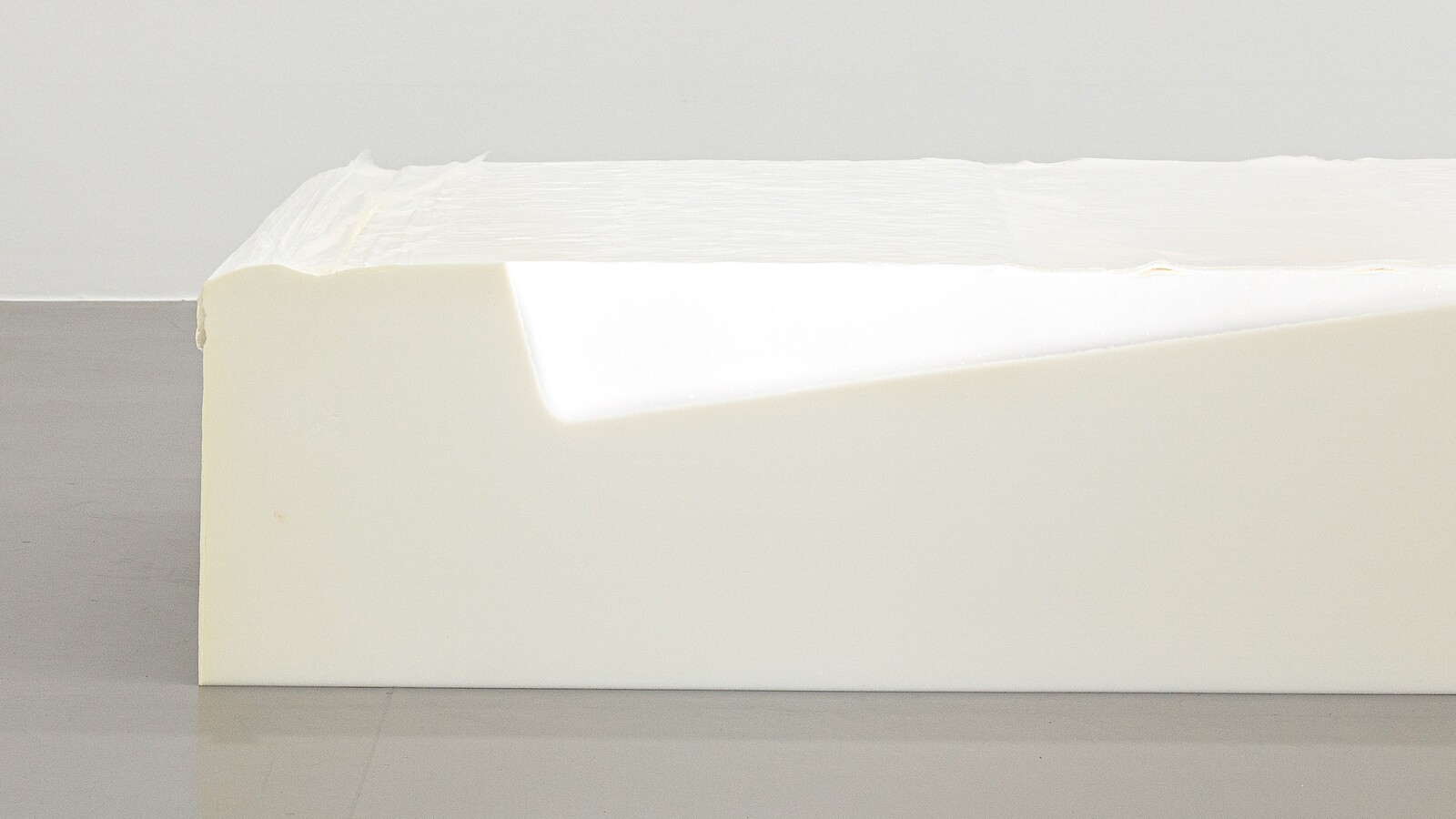What the Case is
June 9–September 8, 2024
Hoeschplatz 1
52349 Dueren
Germany
Hours: Tuesday–Sunday 10am–5pm,
Thursday 10am–7pm
T +49 2421 252561
museum@dueren.de
Johanna von Monkiewitsch’s central artistic concern is a substantial examination of the manifestations of light and its interaction with matter. In serially arranged groups of works and individually conceived installations, Johanna von Monkiewitsch (born 1979 in Rome) materializes found daylight and sunlight situations. She records these by video, such as the reflection of sunlight reflected by water on a wall, or uses photography to register their interaction with paper. The significance of the presence of light—and thus implicitly also its absence—for the constitution of Johanna von Monkiewitsch’s artistic work becomes just as clear as for our perception in general and our understanding of reality in general. Her works originate from concrete spatial contexts and as such are in turn placed in precise spatial settings. In this way, they pose considerations about their own nature as well as fundamentally about how space is made recognizable.
With Johanna von Monkiewitsch: What the Case is, the Leopold-Hoesch-Museum is showing a representative selection of the artist’s large-format works on paper, which have been created continuously over the past few years, for the first time—and offers both the artist herself and the public the opportunity to view them together. At the same time, a constellation of video projections on foam, developed specifically for the large exhibition hall and using the existing architecture, will be on display. The artist uses foam blocks of different densities and shapes specially tailored to the specific dimensions of the space. Through the interplay with films of recorded lighting moods, both the interpretation of the content of the video projection itself and the surface effect and physicality of the foam or the built space are transformed. A wall suddenly appears to be an open space, a glow of light becomes physical.
Like the installations with video projections, the works on paper are also based on the effect of natural daylight on translucent, absorbent and reflective papers. They are photographic images of curved or folded surfaces of various paper qualities. Their colorful appearance and spatial effect are caused by the respective degree and intensity of light incidence at certain times of day. The large-format prints of these photographs are mounted in a way that repeats the respective folds or picks up on the curvature. They show something that they are at the same time and thus emphasize the material essence of paper as well as the visual effectiveness of the colour spectrum—and also the reciprocal conditionality of their appearance. At the same time, they are a fascination of color intensity, difference, depth and unspeakability. Both work approaches are conceptually related to each other and are characteristic of the artist’s approach to the phenomenon of light, as can also be seen, for example, on naturally exposed canvases and concrete reliefs, whose darkly pigmented shadows are also the result of real light incidence.
The individual work titles provide information about the specific moment of the recording. In this respect, they are of fundamental importance for understanding Johanna von Monkiewitsch’s artistic approach and refer to the aspect of temporality that is constitutive of all her works. Johanna von Monkiewitsch thus ties in with essential questions of imagery that are of increasing relevance in the current discourse on the representation of reality. And she implements these in an artistic practice that is as individual as it is rich, which can be vividly understood and directly experienced in the exhibition.
The exhibition is accompanied by a catalog book with numerous illustrations and a text by the philosopher and historian Fabian Goppelsröder, published by Strzelecki Books, Cologne.
The exhibition and catalog are generously supported by the Kunststiftung NRW, Josef Zilcken Kunst- und Kulturförderungs gGmbH and the Museumsverein Düren e.V.

